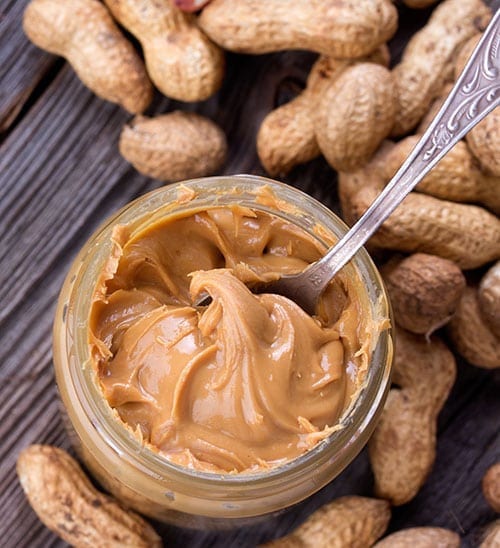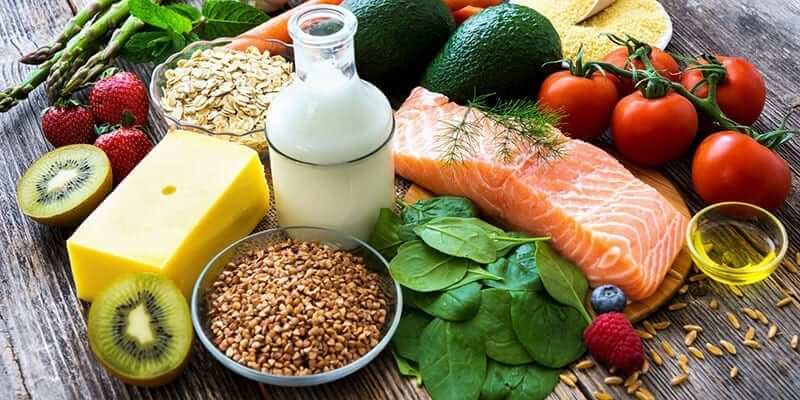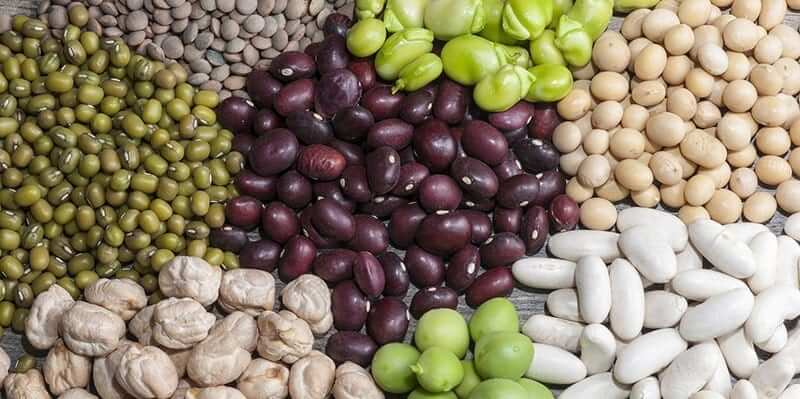A proper diet is one of the major ways to manage diabetes and healthy foods often get a bad reputation for being expensive. With some planning, there are plenty of diabetes-friendly options that can fit into your budget. Consider these cheaper healthy food options that are often overlooked for people with diabetes.
Preparing for the Grocery Store
The first step to a better eating plan is to prepare for the grocery store before you get there. Determine your budget and make a list of what you need. Check your cabinets and only fill in things you do not already have. Stick to the list to avoid being lured into buying unnecessary extras. Coupons can help you save money on quality foods. Find them in local publications, magazines, and online. Read the circulars for the local grocery stores to find the best deals. Join shoppers clubs at grocery stores and mass merchants to score additional discounts. Never shop when you feel hungry as this may cause you to splurge. Learn the store layout. Often the healthiest options are located on the outside aisles or perimeter of the store. Avoid visiting the aisles filled with packaged cakes, cookies, and other processed temptations. Inquire if the store has discount days you might be able to take advantage of, such as deals for seniors or veterans. Check in the front of the store since they often place “two for one product” at the entrance. If the store has a delivery service, you can shop online and have exactly what you need to be delivered to your door. This minimizes the chances of being tempted by advertisements at the store. It is also convenient for people with limited mobility.
Frozen Vegetables
Green, leafy vegetables are top healthy choices for people with diabetes. They contain vitamins, minerals, and antioxidants that are healthy for your whole body. While they may not be as good as fresh vegetables during the peak season, frozen vegetables are a preferred choice over canned ones that often contain sodium. Frozen vegetables are flashed frozen and retain all the nutrients of fresh ones. Consider vegetables such as green beans, spinach, Bok Choy, Brussels sprouts, cauliflower, and broccoli. Choose vegetables that contain no added ingredients, such as creamy or buttery sauces that can be high in calories, sodium, and fat. Try to choose plain frozen vegetables that can be steamed, boiled, or prepared in a microwave. The plain varieties are usually cheaper than ones with sauces. They sell small individualized steamer bags of vegetables but you can buy larger bags and place in individual serving size freezer bags for a cheaper cost. Frozen vegetables contain fiber, potassium and are low in calories and carbohydrates.
Canned Beans
Certain canned products may be a good choice. Options include canned beans of every color and variety. Beans contain protein and make you feel full, such as chick peas, red, pinto, black, white, navy, and garbanzo beans. Canned beans provide essential fiber and low-glycemic carbohydrates. Pour them into a strainer before serving them to rinse off the liquid; put them under running water to get rid of the sodium. Add them to a crispy salad for bulk. You can mash them and make into bean dips or add to soups or stews. They have a good shelf life and can be available for a quick meal at any time by adding some ground beef or chicken and chopped up onions and herbs. Buy canned lentils as well for a filling, cheap addition to any meal. They are perfect to be added to soups, salads and stews and provide protein and fiber.
Fresh Vegetables and Fruit
Buy fresh vegetables and fruits when in-season. They are less expensive than those that need to be imported. Try shopping at a local farmers market, where you can find great deals on fresh vegetables and fruits because little or no shipping and storage are required. Look for trucks along the highway if you live in farm states including Georgia, California, New Jersey and Florida. Fresh tomatoes, cucumbers and peaches are delicious when washed and eaten on the side of the road. When you make a salad, it is cheaper to buy greens, carrots, sprouts and tomatoes separately rather than purchasing pricey packaged salads. Keep a bag of baby carrots handy to dip in a veggie dip to avoid dangerous snacking. According to the American Heart Association “baby carrots are a healthy snack with cost under $1 per serving”. Top your salads off with homemade salad dressing made with vinegar, oil and a teaspoon of mustard and spices. Shake or stir together and you will have a budget friendly dressing low in calories and carbohydrates. Look for vegetables and fruits that are on sale at the market. Sometimes they also have deals on produce that is slightly bruised or a day or two old. Make sure the skin is not cut and they are not mushy or discolored. Start a garden in the yard or on a windowsill for fresh vegetables, berries, and herbs of your own. Cut up your own fruit salad instead of purchasing premade fruit salad since it will be much cheaper. Pick the seasonal fruits for your best buy.
Lean Meats
Lean meats from the grocery store can be a budget-conscious option, including turkey, beef, and chicken. They contain plenty of protein with none of the calories, sodium, and fat found in packaged or pre-cooked meats. Stick to proper portion sizes, which are usually about 4-6 ounces or a piece of meat around the size of the palm of your hand. If buying cheaper cuts of beef, plan on slow cooking or stewing them which will help soften and tenderize the meat. Add basil, green and red peppers and chopped onions to complete the meal. A whole chicken is less costly than buying chicken in parts. You can use the extra meat to top off a dinner salad for a second healthy meal from one chicken. You can make a rich chicken soup by using the carcass as the soup starter. Choose ground turkey and beef that can be cooked in a pan with olive oil to make burgers or add to brown rice, soups, tomato sauces, and salads to stretch your meat supply. Make stir-fry with a bag of mixed frozen vegetables a small amount of chicken, beef or pork and add brown rice. This is a quick, easy and budget friendly meal.
Frozen Meals
When you have little or no time to cook, you might fall prey to the lure of fast-food signs or local takeout eateries. Often these foods are packed with salt, sugar, fat, calories and cost more than home meal preparation. Look for frozen meals that are low-calorie, low-sodium, and low-fat. Find ones that sound “healthier” including Lean Cuisine or Healthy Choice and buy them when on sale. Keep a few in the freezer to eat occasionally when you are in a hurry to eliminate the temptation of making poor choices. Bring one to work to avoid going out and spending extra money. Cook extra food when you make healthy homemade meals and freeze the rest for future lunches or dinners. This is typically less expensive than buying packaged frozen meals and you have greater control over the ingredients. Look for frozen meals that do not include dessert to avoid temptation.
Whole Grain Crackers
People with diabetes need to eat meals and healthy snacks on a schedule to avoid blood sugar spikes. Keep whole grain crackers on-hand for those times when you need to grab something easy and eat with a slice of low fat cheese or nut butter. Read the label carefully to choose whole grain crackers that are low-sodium with minimal fat and sugar. Two or three crackers can help you avoid cravings for donuts and other goodies lurking in the work break room. Tuck a box of crackers in your lunch container or desk drawer. Consider keeping a cheese spread on-hand to top off one or two crackers for a sure way to get rid of hunger pangs.
Peanut Butter

Brown Rice
People with diabetes should try to avoid white bread, pasta, and rice that are stripped of fiber and turn quickly into sugar causing blood sugar spikes. Whole grain options are always better. A cheap option is to keep a large bag of brown rice in your pantry rather than ready-made boxes or cups that are expensive. Boil brown rice and then cool for 12 hours. Reheat and it will contain a high amount of resistant starch which will keep blood sugars down. Cook brown rice with vegetables, herbs, and a dash of olive oil for a side dish in a tasty lunch or dinner that won’t break the bank.
Whole Oats
Another smart and cheap healthy food item to buy in bulk is heart-healthy whole oats that can also help lower your cholesterol levels. Keep in an airtight container to preserve freshness. Processed oats and instant oats in individual packets often contain high levels of sugar and artificial flavorings. You can cook whole oats quickly in the microwave for a fast breakfast or snack. Top off a bowl of oatmeal with cinnamon, berries, or fresh apple slices for flavor.
Canned Tuna, Chicken, Sardines and Salmon
Canned tuna, chicken, sardines and salmon are low-fat, inexpensive healthy meal options that contain plenty of protein and heart-healthy Omega 3’s. Use light mayonnaise and fresh bread to make easy sandwiches. Serve canned fish and chicken with a dash of lemon juice and some pepper for flavor. Mix it with greens for a tasty, filling salad. Having these cans available may save you from making a poor meal choice and they are budget friendly.
With knowledge and planning, there are plenty of cheap and flavorful healthy food options for people with diabetes. Shop around, find the best deals, make a list, and stick to your budget. This is only a small list of cheaper healthy food selections which can keep you healthy and full. You will be amazed at how far you can stretch your food budget without compromising your health!








Leave A Comment